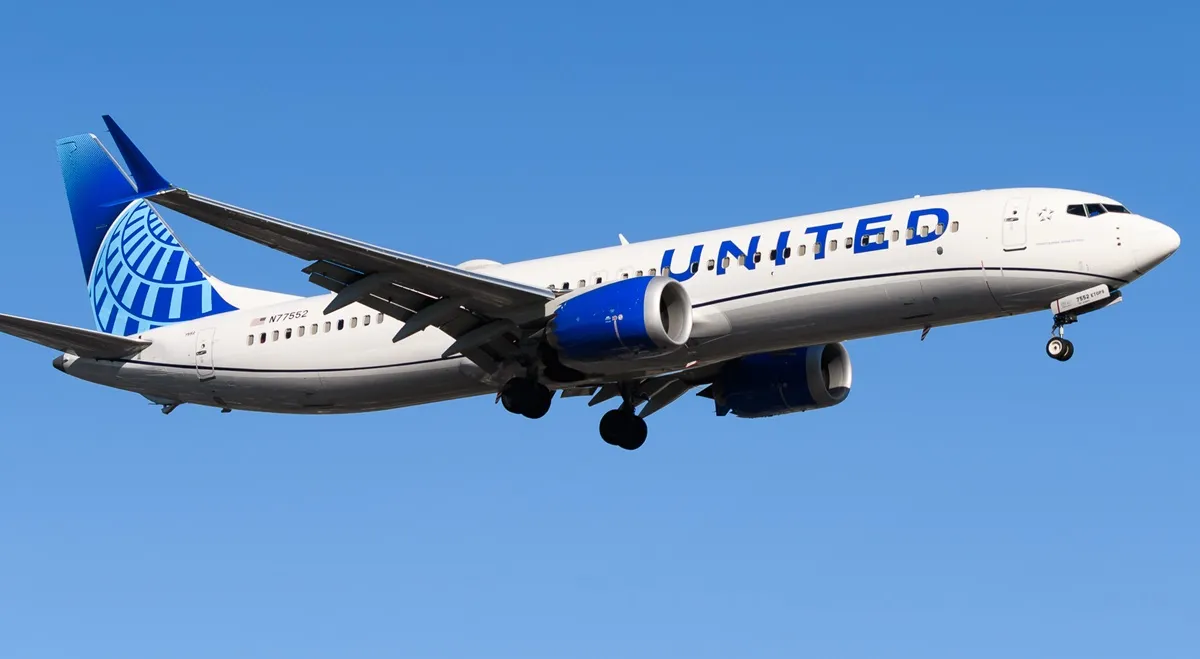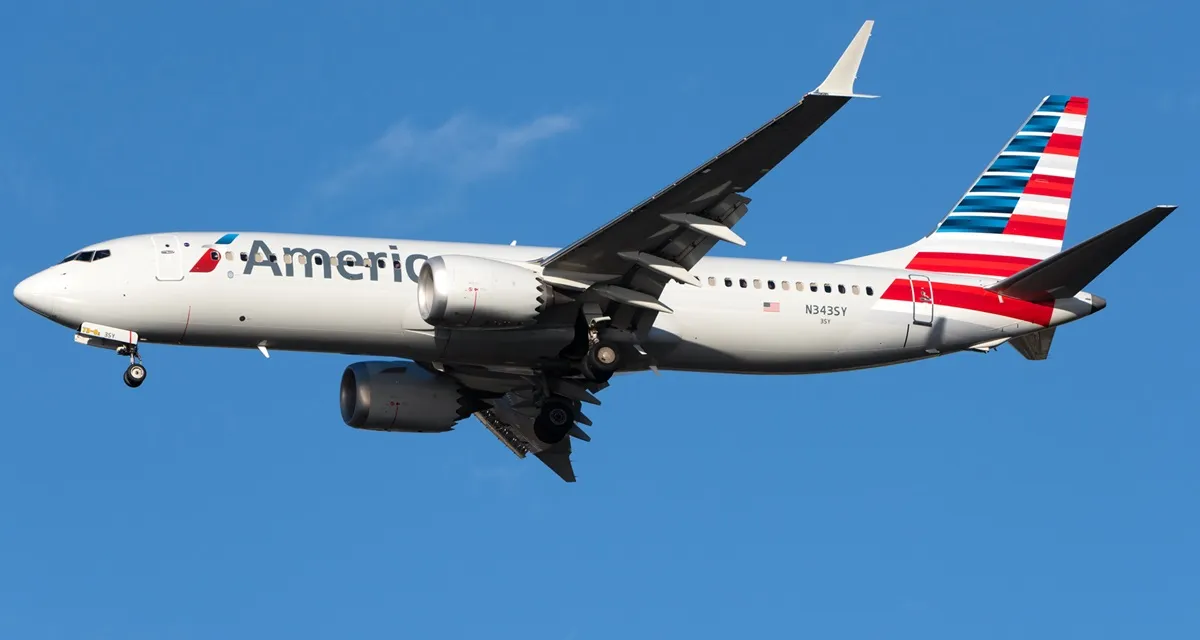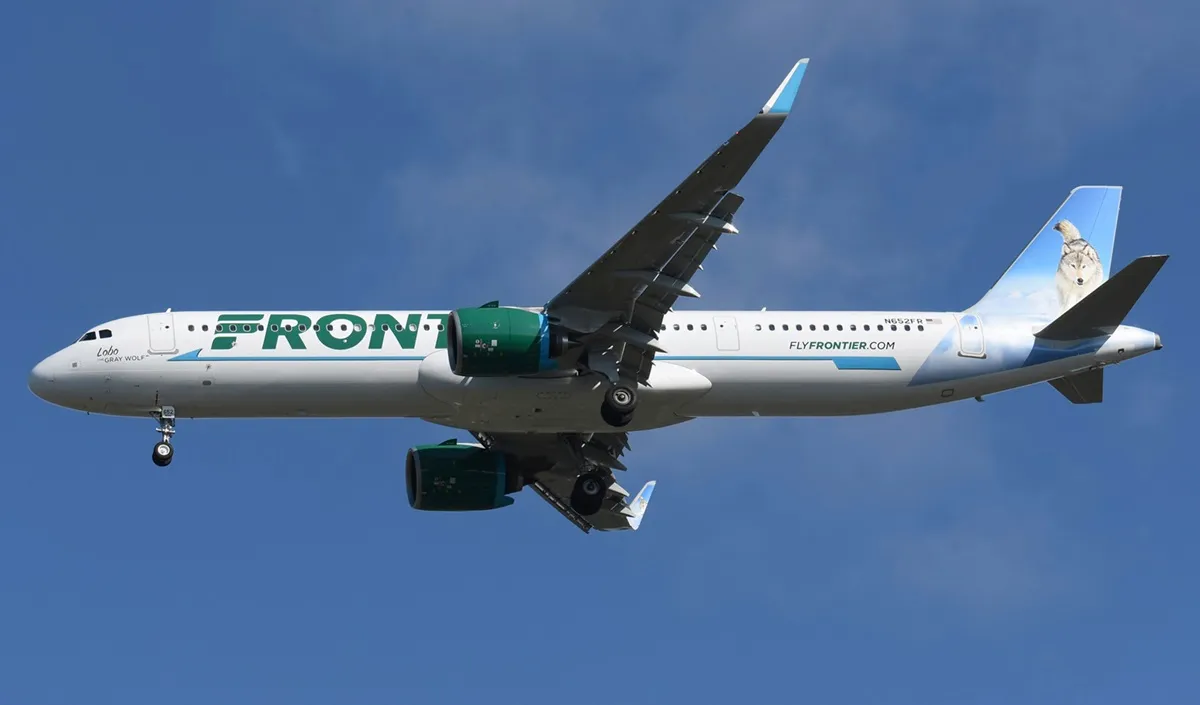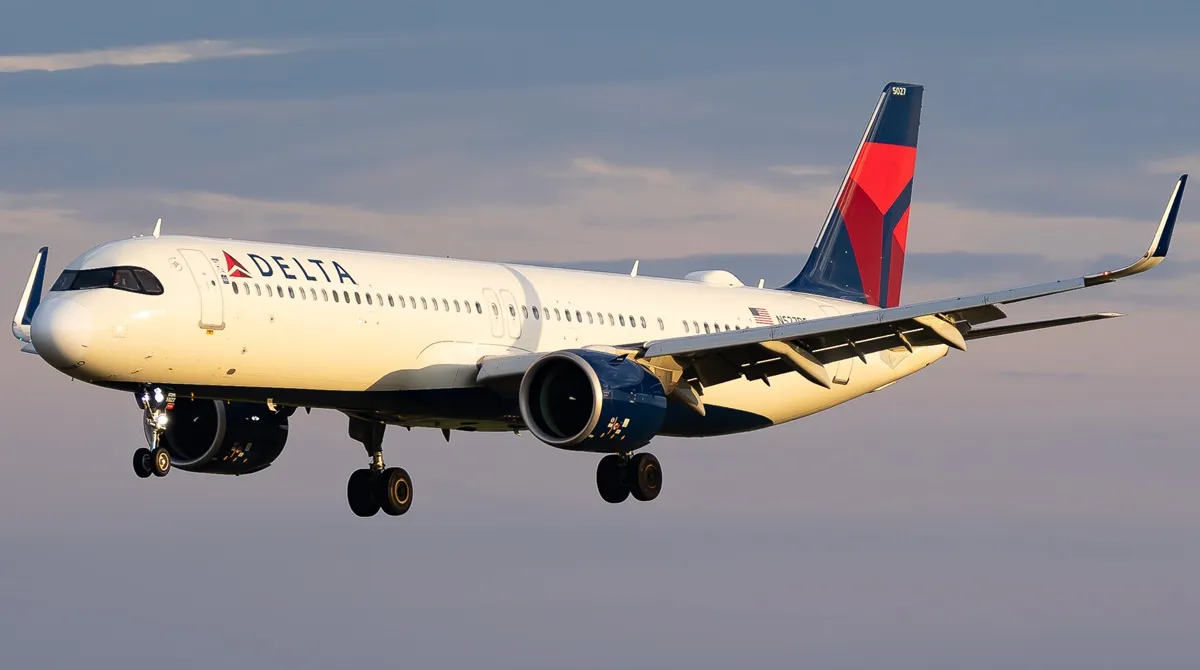
Seattle-based Alaska Air Group has identified that the airline's expansion plans continue to be choked by constrained delivery delays from American plane manufacturer Boeing.
Even with Hawaiian Airlines' absorption into the Alaska Air Group in September, the group has stressed that it needs more 737s to join its fleet.
Boeing has faced ongoing financial and worker challenges following a turbulent year in the aviation market. This all started at the beginning of the year when an Alaska Airlines Boeing 737 MAX 9 had its door plug blow out on departure from Portland International Airport, Oregon.
Following a thorough investigation, an unrelated challenge appeared with the Machinists union strike, which eventually shut down Boeing's Renton factory, a key manufacturing plant where the 737 is built.
According to the Seattle Times, before Alaska Airlines' adoption of Hawaiian Airlines, the carrier reported over $3.07 billion in general revenue between July and September, overall, equating to $236 million in profit.
Hawaiian Airlines, on the other hand, has been experiencing significant losses but will see HA potentially break even by Q4 this year.
Intending to dominate air travel on America's West Coast, Alaska has identified its potential growth, which has been subdued by delayed aircraft deliveries. This is expected to continue as the Boeing Machinist strike drags on.
The strike, which has been continuing for almost two months, has seen the manufacturer CEO lay out his vision for the American plane manufacturer; however, due to the ongoing pause of manufacturing, this has been felt throughout the supply chain, with the likes of Spirit Aerosystems furloughing many staff until production can re-commence.Alaska Airlines explained its position in a recent media release:
"Further aircraft delivery delays are expected to limit capacity growth in the final quarter of 2024 relative to our prior resource planning expectations earlier in the year.”

As the strike enters its eighth week, Boeing has raised $21.1 billion in expanded share sales to avert a potential credit rating downgrade. Last week, 33,000 Machinist union members rejected Boeing's latest contract offer, and negotiation talks are ongoing.
In the last quarter, Alaska Airlines received just three aircraft from Boeing (one 737 MAX 8 and two 737 MAX 9), totaling just 12 across the calendar year. While Alaska had expected to receive up to 18 aircraft in 2024, this would represent a total capital expenditure of $1.3 billion between Alaska Air Group and Boeing.
Overall, Alaska Airlines has over 300 aircraft in its fleet, according to ch-Aviation, made up of the following:
- Boeing 737-700
- Boeing 737-800
- Boeing 737-900
- Boeing 737-900ER
- Boeing 737 MAX 8
- Boeing 737 MAX 9
- Boeing 737 MAX 10 (on order)
- Embraer E175 (operated by Horizon Air and SkyWest Airlines)
- Boeing 737-700F (cargo)
- Boeing 737-800BCF (cargo)
While Hawaiian Airlines, the latest airline to join the Alaska Airlines fold, has a fleet made up of:
Airbus A321neo
- Airbus A330-200
- Boeing 717-200
- Boeing 787-9
- Airbus A330-300P2F (operated for Amazon Air)
Alaska Airlines has already begun retiring the aging 737-900 NG fleet, with N323AS being retired in June. The airline is expected to retire the rest of this variant by the end of 2025.



